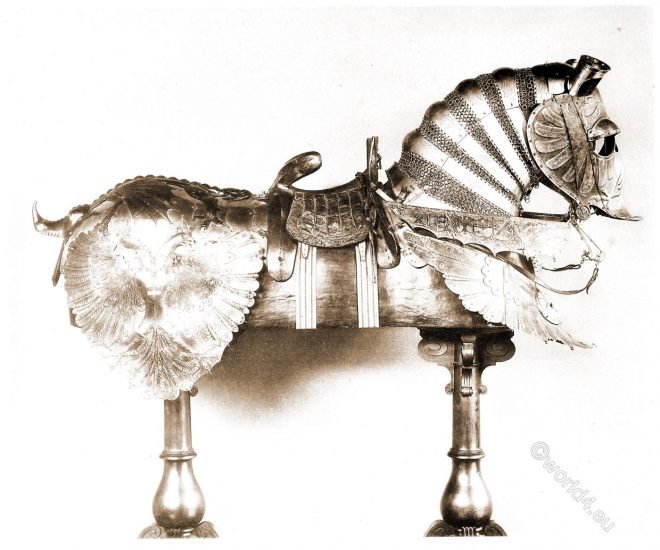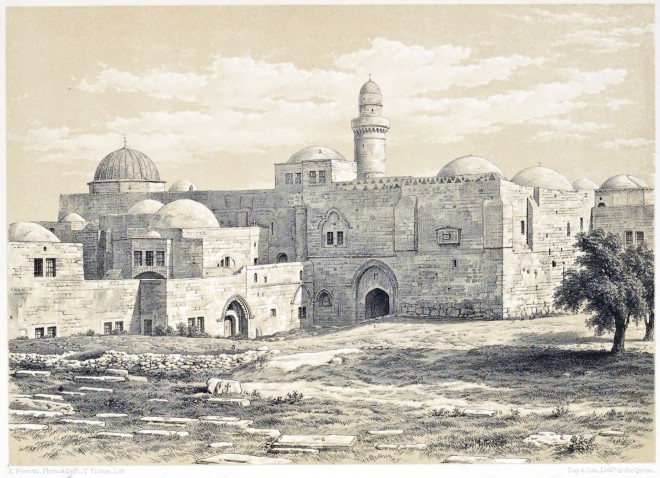Female fashion. Second half of the reign of Louis XIV. The Capote, The Muff. The Fontange. The Baskine. The lace apron. The House Dresses.
Category: Fashion History
Costume variations of the Byzantine King and Queen. 400-1100 AD.
The two figures shown here represent several new varieties of Byzantine costume.
Costumes of the Byzantine Middle Class. 400 A.D. – 1100 A.D.
Byzantine costume was the dress of the world after the fall of Rome.
The challenger of the tournament. Noblemen of the court of Charles VIII.
Medium Age. France. The challenger of the tournament. Noblemen of the court of Charles VIII. Entering the barriers to taking the oath. Noblemen of the court of Charles VIII.
England. Lower Class costumes of the Middle Ages.
Costumes 1000 to 1300 A.D. The two men in this picture might very well be, from the manner in which they are dressed, members of Robin Hood’s band.
Heavy horse armor of Emperor Maximilian I. from c. 1508.
This complete “Rossgelieger” is of excellent quality. The breastplate, called “Fürbug”. The saddle is a so-called “crib saddle”.
The Cenacle and the Tomb of David of Mount Sion at Jerusalem.
View, plan and section of the Cenacle (Coenaculum); of the so-called tomb of David; and of the underground works of Mount Sion.
View of the Church of S. Anne in the Old City of Jerusalem.
View of the Church of S. Anne. Plans and sections. Interior and four details of ornamentation.
Renaissance Paintings On Manuscripts and Frescoes.
THE subjects represented in this plate belong to the finest period of the Renaissance, when the art of the Italian miniature-painters had attained its highest pitch of perfection.
Byzantine silk fabric with elephants from the 8th to 10th century.
Silk fabric. Background red pattern opposite. Large circles with elephants. The pattern is a Byzantine redesign of an originally Sassanid pattern.










